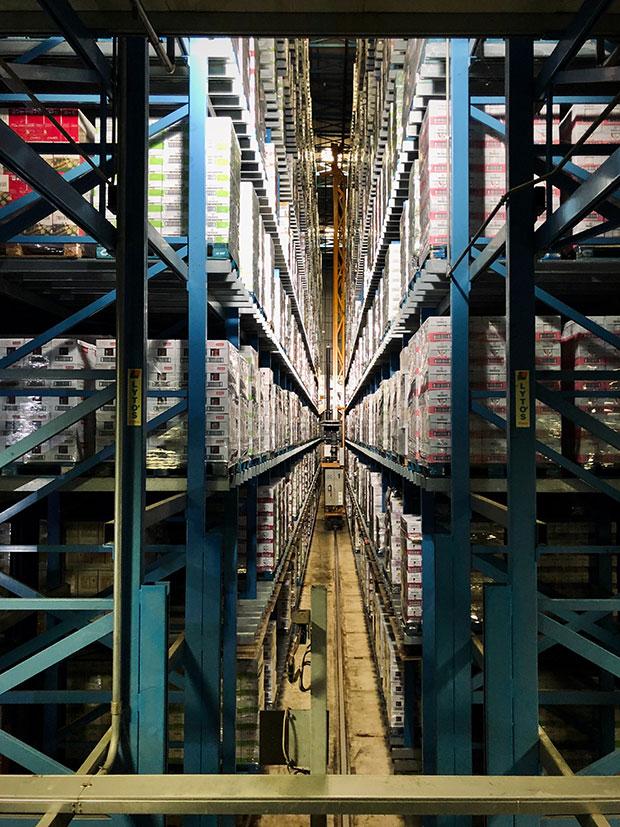When the topic of warehouse metrics comes up in discussions, OTIF, ‘on time in full’ is usually the benchmark used but there are many others of equal if not greater importance. OTIF is an umbrella metric and underneath it lies many other sub-activities that impact overall warehouse performance.
 Using a Warehouse Management System (WMS) makes it easy to capture all the rich data constantly being generated and transform it into commercial information. Here are some of the most valuable metrics you can get from your WMS.
Using a Warehouse Management System (WMS) makes it easy to capture all the rich data constantly being generated and transform it into commercial information. Here are some of the most valuable metrics you can get from your WMS.
Average Dock to Stock time (ADS)
ADS is a very useful measurement that indicates how well stock is moving through the warehouse. It tells management when the items arrived on the loading bay and the point in time when the stock was available to the system (booked in) to be picked for an order or for cross docking. ADS is an important metric because it measures booking in times – there is no point having a system that allows stock to arrive in the warehouse and experience a delay before it is available for sales orders. This is especially important for e-commerce businesses, the faster the booking in time the better.
Average Order to Dispatch Process time (AODP)
AODP indicates the length of time that elapses between when an order is placed to the item(s) actually leaving the warehouse for the customer. Apart from improving efficiency levels and keeping customers happy, this metric is extremely important for warehouses with perishable items and it needs to be as low (in time) as possible.
Audit to Dispatch Process
Linked to AODP measures is the Audit to Dispatch Process metric. This is relevant for warehouses employing stock rotation, date control and batch number monitoring. When items first arrive into the warehouse, goods with the shortest expiry date need to be shipped first to rotate stock levels properly.
The Audit to Dispatch Process also monitors when an order was placed, plus when and where the items were released. Insights like these provide an understanding of how well operatives are managing workloads, to ensure urgent orders are being prioritised over those with longer lead times.
Overall audit to dispatch time also indicates how many open orders there are at any one time, the number of orders or tasks outstanding for the day and very importantly, whether orders are overdue. By referring to the average pick time metric, it is possible to calculate the time needed to clear the audit pool and whether more resource is needed.
Warehouse Occupancy Levels
Another important metric given the cost of warehousing space and intermittent supply disruption many businesses are facing, is warehouse occupancy. This highlights how much storage space is available and whether excess inventory could be stored if needed. For instance, there may be 10,000 available locations and only 83% of them are being utilised.
Perpetual Inventory / Inventory Accuracy Reporting
Shrinkage is an ongoing problem in many warehouses and how closely the actual inventory numbers tally with business estimates is a very critical metric. Having an accurate inventory management process will avoid a lot of time spent on distressed counting and it eliminates the need for four walls counts.
By highlighting these different metrics, it becomes clear why OTIF cannot be the only measure to use when looking at the performance of a warehouse operation.
Visit Indigo Software on Stand C18 at IWLEX 2023, 23-24 May, Telford International Centre to discuss how a best of breed WMS can easily convert raw data into valuable metrics that track business performance.





Comments are closed.